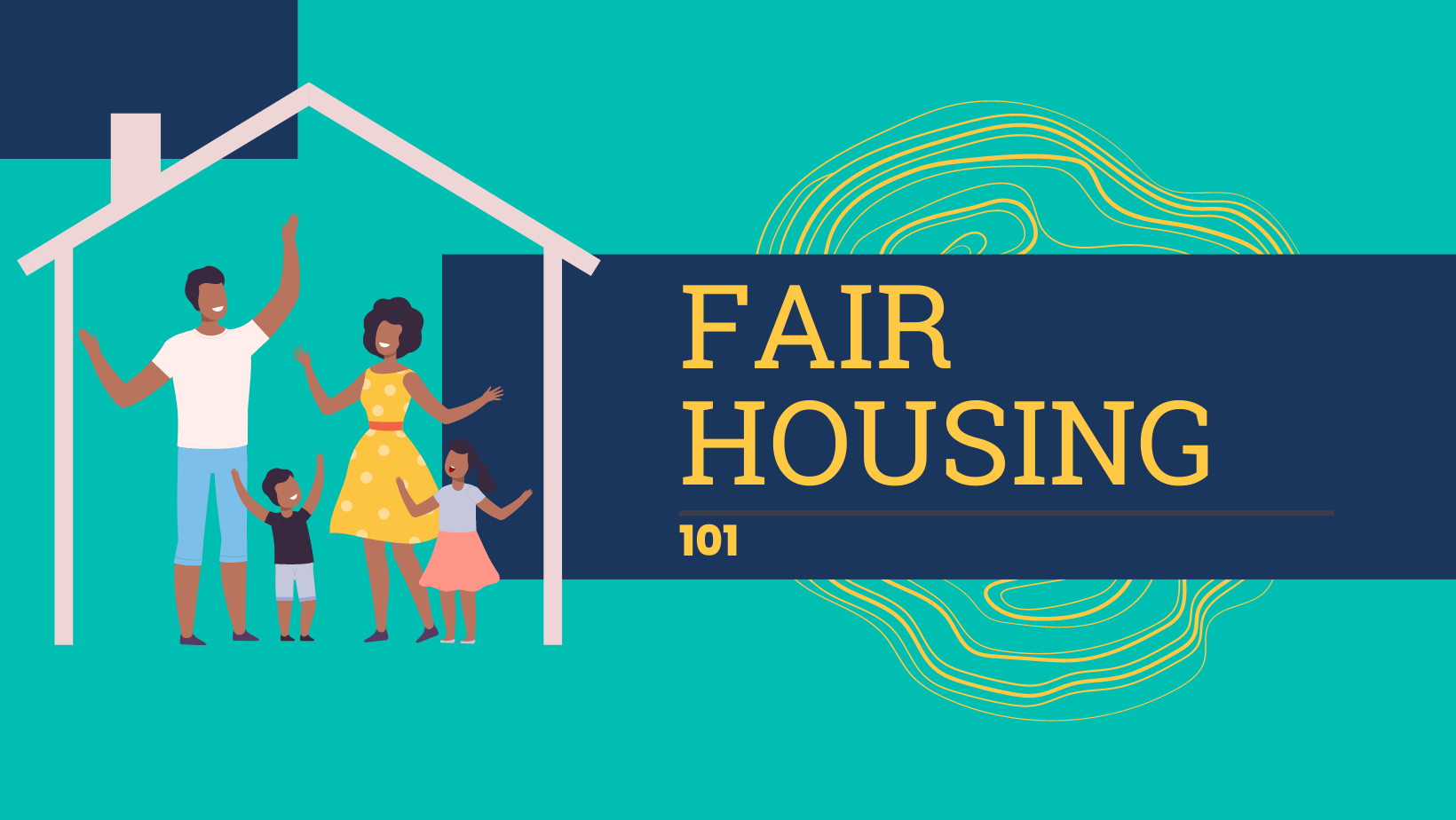A Brief History of the Fair Housing Act
The Fair Housing Act was raised in Congress for the first time in 1966 and focused on addressing racial discrimination in the rental and sale of housing. Members of the House discussed the bill several times over the next two years but each time it failed to gain enough support for passage. Then, in the summer of 1967 more than 150 incidents of social unrest took place in urban communities across America. Following this social unrest, President Lyndon Johnson established a taskforce (The Kerner Commission) to investigate the underlying cause. Social scientists working on the commission reported that the central cause of the uprisings and social unrest in America was police brutality; these findings were ultimately buried by the commission. Instead, President Johnson focused his response on segregation and economic inequality and the Fair Housing Act was reintroduced to congress in early 1968. Ultimately, it was the assassination of Martin Luther King, Jr. on April 4, 1968, that led to the passage of the Act. Following the national tragedy, President Johnson urged congress to pass the Act due to the close association of Dr. King with the legislation. The Fair Housing Act passed on April 11, 1968, only one week after Dr. King’s assassination.
What does the Fair Housing Act Do?
The Fair Housing Act, enacted on April 11th, 1968, refers to titles VIII and IX of the Civil Rights Act of 1968. The Act has two main goals – prevent discrimination and undo housing segregation. As originally passed, these provisions prohibit discrimination concerning the sale, rental, and financing of housing based on membership in a protected class (race, religion, and national origin). Later amendments expanded the protected classes to include sex (1974), disability (1988) and familial status (1988) which includes parents/legal custodians living with children under age 18 and pregnant people. In Connecticut, protected classes are expanded even further to include lawful source of income, sexual orientation, gender identity and expression, age, marital status, veteran status, and status as a victim of domestic violence.
What can discrimination look like in real life?
Knowing what violations of the Fair Housing Act look like in real life is key to determining whether you or someone you know has experienced housing discrimination. Below are a few examples of how housing discrimination can manifest in practice.
- Refusals to rent or sell. A landlord, owner, or real estate professional refuses to rent or sell to you because you are a member of a protected class. For example, you are told you cannot rent a certain apartment because you are a woman.
- Misrepresenting the availability of housing. A landlord, owner, or real estate professional tells you that an apartment, house, or condominium is not available because you are a member of a protected class, when it has in fact, not been rented or sold. For example, a real estate professional falsely tells you that a house you are interested in is already under contract because you are a person of color but accurately informs a white person inquiring that it remains available.
- Discrimination in terms and conditions. You are treated differently by a landlord, owner, or real estate professional and given different terms, rules, or requirements, than others because you are a members of a protected class. For example, you are required to pay a higher security deposit because your household includes children.
- Use of threats, intimidation, or coercion. A landlord, owner, or real estate professional attempts to prevent you from renting or buying a home by suggesting that you will not be safe or that neighbors may not want you to move in because you are a member of a protected class. For example, a landlord tells you that you may not be comfortable in this building because you are LGBTQIA+.
- Discriminatory advertising. A landlord, owner, or real estate professional puts an ad in a newspaper, creates a brochure, or makes a verbal statement that shows preferences or limitations for certain people because they are a member of a protected class. Examples could include an apartment listing stating “no children” or “no Section 8” or a verbal statement from a landlord indicating a preference not to rent to someone using a wheelchair.
These are only some examples of how protected classes might experience housing discrimination. For more information about actions prohibited by the Fair Housing Act, including additional protections for people with disabilities check out the Housing and Urban Development Fair Housing Equal Opportunity for All Guide.
Reporting Housing Discrimination
If you or someone you know has experienced housing discrimination, Connecticut Fair Housing Center may be able to help.
Staff at the Center can investigate claims of housing discrimination to determine if there is evidence of a violation of the law. If the Center uncovers evidence of discrimination, the Center’s attorneys work to change that practice and obtain compensation for the victims.
Complaints of housing discrimination can be resolved through advocacy and negotiation or through legal enforcement actions at the Connecticut Commission on Human Rights and Opportunities (CHRO), the Department of Housing and Urban Development (HUD), and in state and federal court.


